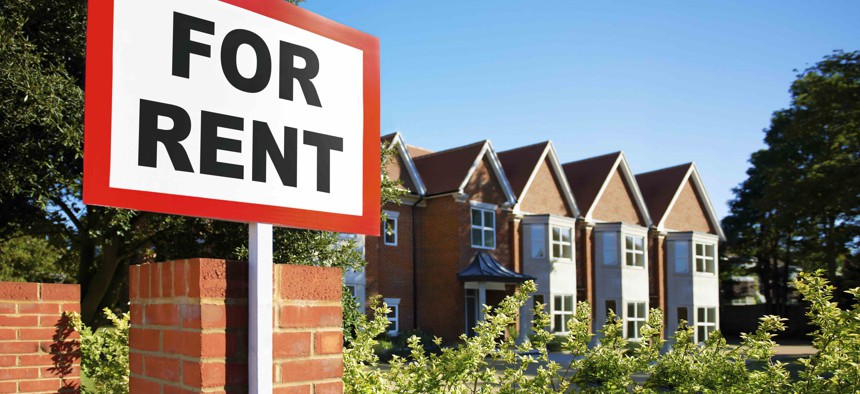Pandemic Ushering in Rental Housing Crisis

GettyImages/ Peter Dazeley
A recent analysis shows landlords are tightening screening criteria, using alternative eviction practices and increasing rent rates. The housing shortage is only making things worse.
The Covid-19 pandemic has laid the groundwork for a future rental housing crisis, with landlords tightening their screening criteria, using alternative eviction processes and increasing rent rates, according to an analysis of data by Urban Institute of a survey by Avail, an online platform that provides rental management tools. And the housing supply shortage has made things worse, the organization says.
Housing affordability has been a critical public policy issue since the start of the pandemic. In fact, 49% of those surveyed by the Pew Research Center in October 2021 said the availability of affordable housing in their local community is a major problem. This is up 10 percentage points from early 2018, the Pew research shows.
Nevertheless, a key reason evictions fell during the pandemic is because of federal, state and local bans, according to Urban Institute. Despite the federal ban, landlords could still evict tenants who created a problem, and 38% of landlords who missed rental incomes initiated eviction proceedings, the report says. (The federal ban was ordered in 2020 and ended in November.)
However, eviction is not the only way landlords can vacate housing units. The survey shows that landlords who missed rental income because of nonpayment encouraged tenants to vacate the property (59%). In addition, 27% of property owners did not renew tenants’ leases and 22% mutually terminated the lease, according to the report.
About 65% of landlords said they would increase rents within the next 12 months, in line with soaring rent prices nationwide, the report shows. In fact, landlords who missed rental income are eight percentage points more likely to increase rent by a larger percentage, indicating they are looking to recover some financial losses.
Emergency Fund Struggles
Although the Emergency Rental Assistance distribution has increased, about 63% of renters and 57% of landlords surveyed were unsure if they were eligible for the ERA program. Meanwhile, almost 30% of landlords who applied for ERA said they are still waiting to receive assistance, and some cities have exhausted all their funds even though a significant need for the aid still exists, the analysis shows.
ERA is meant to assist tenants in paying their rent, utilities and other housing expenses, according to the U.S. Department of the Treasury.
Urban Institute partnered with Avail to survey landlords and tenants about the challenges faced during the pandemic. The analysis from the survey includes responses from more than 1,100 landlords nationwide. More than 70% of the respondents owned four or fewer rental properties.
For more information from the Urban Institute analysis click here.
Andre Claudio is an assistant editor at Route Fifty.
NEXT STORY: McConnell Signals That Debate on State ARPA Aid Clawbacks Isn’t Over





